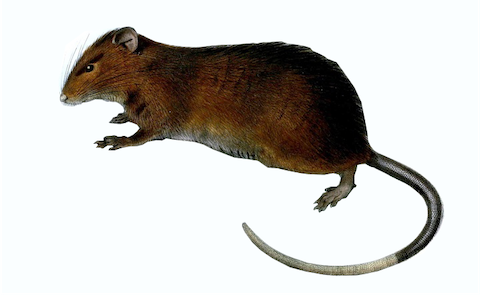Limited plasticity of monocyte fate and function associated with epigenetic scripting at the level of progenitors.
Abstract
Myeloid cell heterogeneity is known but whether it is cell-intrinsic or environmentally-directed remains unclear. Here, an inducible/reversible system pausing myeloid differentiation allowed definition of clone-specific functions that clustered monocytes into subsets with distinctive molecular features. These subsets were orthogonal to the classical/non-classical categorization and had inherent, restricted characteristics that did not shift under homeostasis, post-irradiation or with infectious stress. Rather, their functional fate was constrained by chromatin accessibility established at or before the granulocyte-monocyte or monocyte-dendritic progenitor level. Subsets of primary monocytes had differential ability to control distinct infectious agents in vivo. Therefore, monocytes are a heterogeneous population of functionally restricted subtypes defined by the epigenome of their progenitors that are differentially selected by physiologic challenges with limited plasticity to transition from one subset to another.
| Authors: | Rhee C, Scadden EW, Wong LP, Schiroli G, Mazzola MC, Chea PL, Kato H, Hoyer FF, Mistry M, Lee BK, Kim J, Nahrendorf M, Mansour M, Sykes DB, Sadreyev R, Scadden DT, |
|---|---|
| Journal: | Blood . 2023 Aug 17;142(7):658-674. doi: 10.1182/blood.2023020257. |
| Year: | 2023 |
| PubMed: | PMID: 37267513 (Go to PubMed) |


